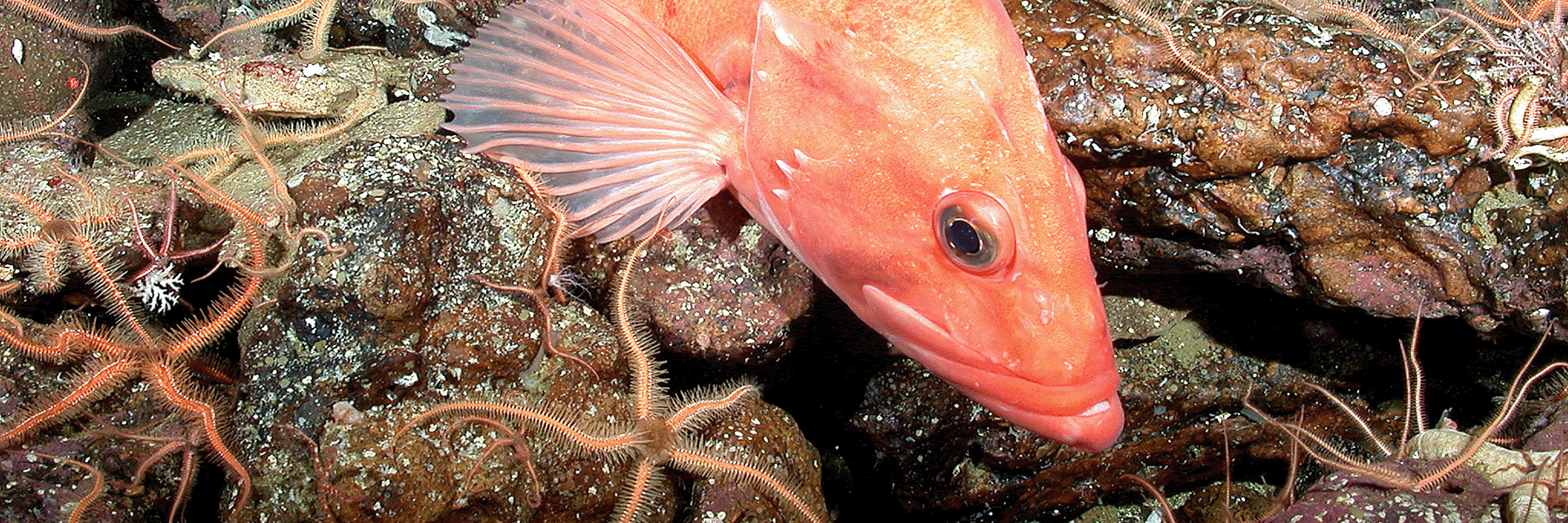Researchers generate the first broad assessment of marine heatwaves that unfold on the bottom of the ocean

In recent years, ocean scientists have worked towards better understanding the physical drivers of warm ocean temperature extremes—known as marine heatwaves (MHWs). However, most of these MHW studies have primarily focused on the surface signature of these events. While “surface MHWs” have been linked to marine impacts such as harmful algal blooms and seabird die-offs, extreme warming at the bottom of the ocean can also dramatically influence ocean species living on or near the sea floor — such as lobsters, crabs, clams, and groundfish.
In a new study led by the Physical Sciences Laboratory, researchers use a high-resolution ocean reanalysis, which combines observations with fields from a computer model of the ocean, to generate the first broad assessment of MHWs that unfold on the bottom of the ocean in the shallow waters surrounding North America. Their findings, published in Nature Communications, suggest that the intensity and duration of these “bottom MHWs” vary strongly with ocean bottom depth, can be more intense and persist longer than surface MHWs, and most importantly, can exist without a clear surface signature.
The possibility that bottom marine heatwave conditions could prevail with little or no surface expression has important implications for the management of marine resources, such as commercially important fisheries that live on or near the ocean bottom. In particular, for deeper portions of continental shelves, the lack of a MHW at the surface does not necessarily indicate similarly benign bottom temperature conditions or the absence of ongoing biological impacts along the seafloor. As a result, it will be essential to maintain existing continental shelf monitoring systems and to develop new routine observational platforms for real-time monitoring capable of alerting marine resource managers of ongoing bottom MHW conditions, especially when they occur without a clear surface signature.
Image: Cowcod and Brittle Stars - Bottom marine heat waves affect species like cowcod, a rockfish that lives at depths up to 1,500 feet, shown here with an assemblage of sea stars. Credit NOAA Fisheries/SW Fisheries Science Center
Dillon J. Amaya (PSL), Michael G. Jacox (PSL/SWFSC), Michael A. Alexander (PSL), James D. Scott (PSL/CIRES), Clara Deser (NCAR), Antonietta Capotondi (PSL/CIRES), and Adam S. Phillips (NCAR) (2023): Bottom marine heatwaves along the continental shelves of North America. Nat. Commun. https://doi.org/10.1038/s41467-023-36567-0
Check out the NOAA Research Feature Story: Heat waves happen at the bottom of the ocean too
Posted: March 13, 2023